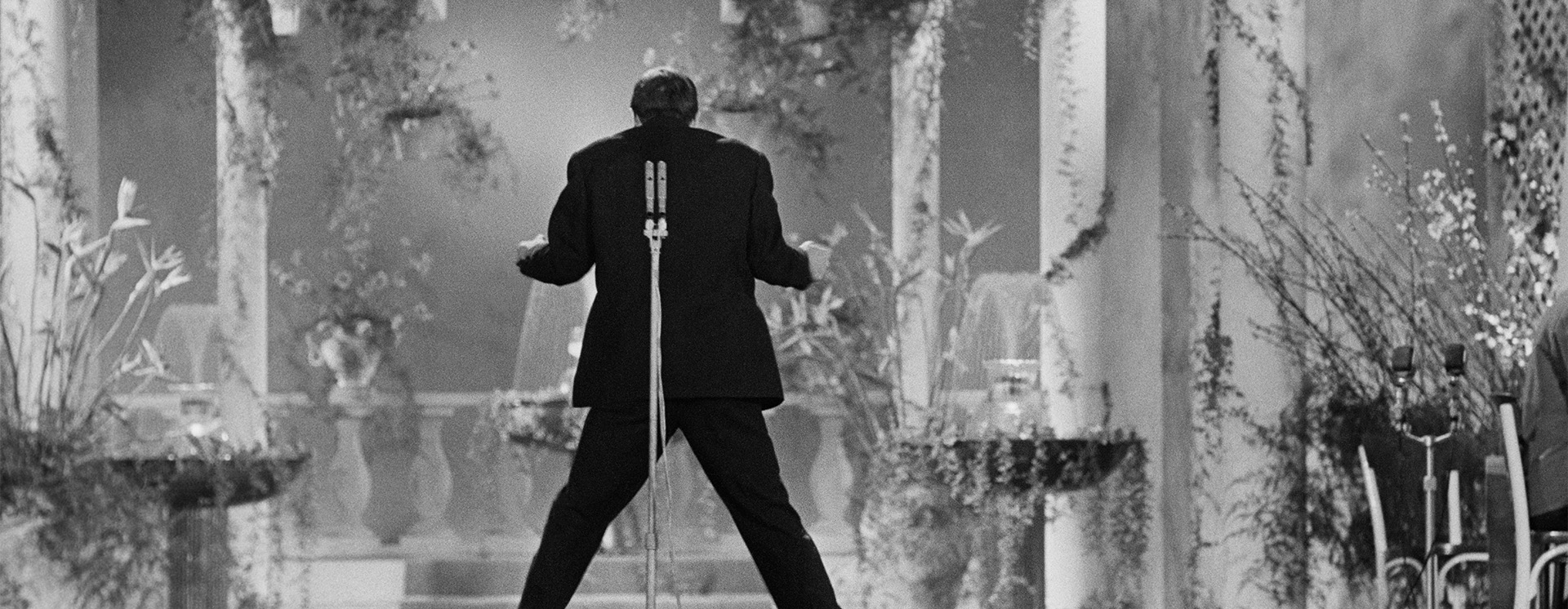"Non ha l’età. Il Festival di Sanremo in bianco e nero 1951-1976" at Teatro Ariston in Sanremo
WHERE
Sanremo - Teatro Ariston
WHEN
From April 17 to October 14, 2025
TAG
As part of the travelling exhibitions project, the photographic exhibition Non ha l’età. Il Festival di Sanremo in bianco e nero 1951–1976, curated by Aldo Grasso, arrives at the exhibition spaces of the Ariston Theatre in Sanremo. Starting from April 17, the exhibition will be open to the public.
Italy’s most iconic song contest was born in 1951, organized by Rai in Turin, and held over three evenings with live radio broadcasts from the Casino’s Salone delle Feste. The first editions were broadcast only on the radio, but in 1955, as the Festival gained popularity, television took it over. Since then, the history of the Sanremo Festival has run parallel to that of Italian television. The Festival is a significant chapter not only in the history of music and television, but also in Italy’s social history.
The photojournalists of the Publifoto Agency recognized the importance of the event and, during the years when the Festival was hosted at the Sanremo Casino (1951–1976), they took around 15,000 photographs of it. The exhibition presents a selection of images from the Intesa Sanpaolo Publifoto Archive, retracing the years when the Festival took place at the Casino before its permanent move to the Ariston Theatre. It rarely focuses on on-stage performances, choosing instead to explore the behind-the-scenes: singers waiting in the audience during rehearsals, artists (including international guests) walking through the streets of Sanremo, signing autographs for fans, getting their makeup done, interacting with the audience, or being captured in candid and curious situations—along with the orchestra, the jury, and the press room.
It’s a collection of often unusual photographs, portraying the artists away from the spotlight, in everyday moments that accompany the hectic days of the Festival, with a sense of spontaneity and intimacy that makes them feel strikingly familiar. These images bear witness to an Italy eager to move on from war and poverty, looking to music for a renewed sense of lightness—yet also, as in the case of the song Vola colomba, for a form of redemption regarding the “Trieste or Julian question.” The soundtrack of the American liberation army had been boogie-woogie—exciting music, but unfamiliar to Italians. Now it was time to create something entirely Italian, rooted in melodic tradition and bel canto.
The exhibition’s title recalls both the youth of the Festival in its early days and the youthful spirit of a country on the rise.
